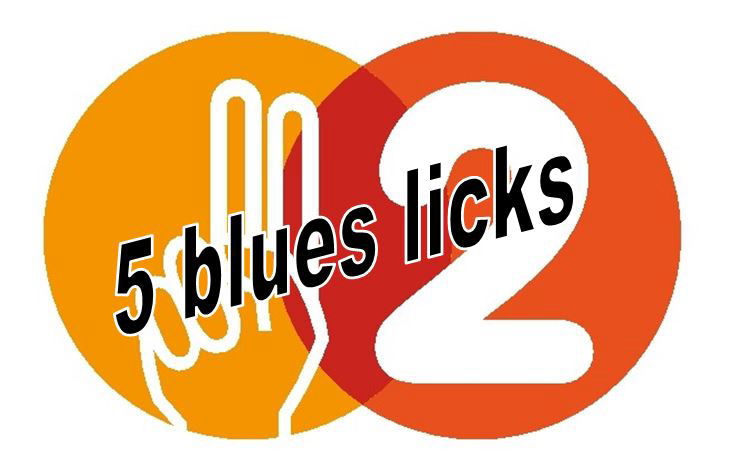Welcome to this new lesson! The licks you’re going to learn and practise today are designed to work on the higher holes of harmonica, where mostly beginner students – and sometimes advanced players too – lack. We are very well aware of the harmonica notes layout, which changes when it comes to holes 7 to 10 and it demands nothing but our effort and practice to master it.

The fact that the blues scale is mostly played on the first 6 holes, has led many players in the wrong dimension that they forget utilizing other holes altogether. In this lesson, we’ll try to fill up this gap.
If we don’t want to play blow bendings; we can definitely use the pentatonic scale when playing on the higher harmonica holes. The notes constituting this scale are deemed as G, A, B, D, E and G. Throughout designing the following exercises, I’ve added those licks that make effective use of split notes (octaves and double note combinations) as well as some tongue blocking features too. Even if you don’t consider yourself a tongue blocking player yet; you may still benefit from this lesson by keep practising the way you are accustomed to playing it before: moreover, just trying to emulate the overall lick sound will suffice.
As in this lesson, you are going to use a great deal of the pentatonic scale, the licks you’ll learn here, remarkably conjoin with the country as well as ‘bluegrass style’ music. Remember that keeping an eye on different musical genres available, broadens the horizon of knowledge and wisdom for an instrument player, which eventually contributes towards transforming him into a perfect musician. Every style has its own peculiar attributes which you may copy and integrate with your skills.
You’ll be practising the ‘E blues’ today: for which you are destined to need an A harp. Although its key is quite common – but somehow if you are unable to find an A harmonica – you may carry out the same practice without using backing tracks by just following the tablatures – on which all the required details concerning note names and the harmonica holes to be used – are present.
To make this drill even simpler, the notes emitted by a C harp can be notated on the music sheets included before.
Here, I present before you today’s exercises, follow me on the interactive videos and you’ll undoubtedly enjoy e-learning!
We’ll begin playing eight notes in the first lick then we’ll execute the first beat twice on hole 8 blow. From there, we’ll go down to the lower octave E, hole 5 blow. The lick will end with a triplet.

In the second lick, we’ll play the higher side of harmonica mostly on holes 7 to 10. Here, we have a couple of triplets: one for each measure.

In the third exercise; we’ll play octaves on notes B and D in measure 1 whereas in the second measure, notes D, E and G will be used to execute octaves.

In the forth exercise, we are going to play a ‘dip’ on hole 6 draw when emitting note A. In the second measure, we’ll perform octaves.

In the last lick, we’ll focus on high holes 8, 9 and 10, not to mention, there will be two fast triplets in the second measure.

Following, the whole licks sequence practising routine:
Thanks for joining me in this lesson and those who are thinking to get enrolled; I hope to see you soon on these pages!